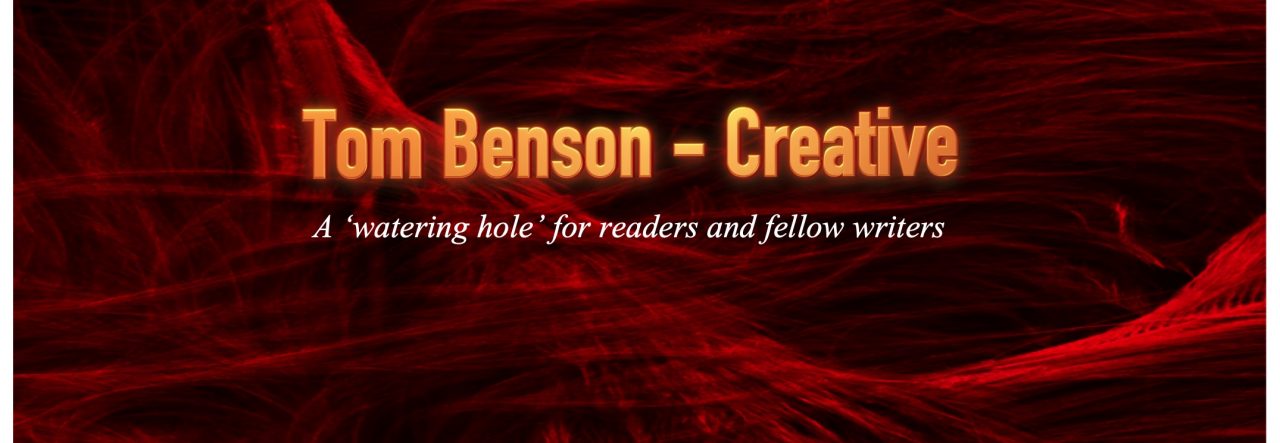I recently read The Art of Letting Go by Chloe Banks, which I reviewed here on my blog. Prior to reading the book I had already been following Chloe’s blog since 2010. We have shadowed each other’s progress since and we gave mutual support throughout the NaNoWriMo 2011.
Since the outset she was determined to produce her novel using traditional publishing. It was a courageous step, and though it took many months and extra work, she achieved her aim. I am delighted and honoured to publish now, a ‘guest’ post by Chloe.
***
Dear Reader,
With the rise of e-mail, text messaging and social media, the art of personal letter writing seems to be in something of a decline. It’s a shame as letters make great records of the everyday and the extraordinary events of our lives. There’s something rather special about receiving a letter in real life, and when it comes to fiction they can be used to great effect.
When I chose to write part of The Art of Letting Go as a series of letters between my main character, Rosemary, and her childhood friend, I was following in the footsteps of a huge number of epistolary novelists. A true epistolary novel contains only documents of some kind – letters, diary entries, newspaper articles, blog posts, e-mails etc. Whereas many novels, including my own, contain these things as part of a wider narrative.
Novels told in this fashion have been around since the 15th-century and have remained prominent to this day. The Tenant of Wildfell Hall (Anne Bronte), The Woman in White (Wilkie Collins) and Dracula (Bram Stoker) are famous 19th-century examples. Even more recent works range from the horror classic Carrie by Stephen King, to teen favourite The Princess Diaries by Meg Cabot. But why do authors across so many genres choose to write in letters and other documents instead of in prose?
For me, Rosemary’s letters to Julia served a vital function. Rosemary’s nature – reclusive, blunt, secretive – was key to the plot, and yet I ran the risk of making her difficult to know and therefore difficult to care about, despite the first-person narrative of the book. Her letters showed the less guarded, warmer side to her. It allowed me to reference parts of Rosemary’s past that no other character would know about and gave me a chance to inject some humour into a book that deals with some less-than-funny issues. Letters added character insight and light to the shade.
This style of telling a story is certainly not to everybody’s taste. While I was in discussion with a couple of different agents, one of them questioned how relevant it was to use letters in a modern novel. On the other hand, more than one person has told me how the letters are their favourite part of the book. As with all things, it can come down to personal taste. If you read my book, I’d be glad to know whether you think the letters work. Or if shameless promotion isn’t your thing, how about trying one of these wonderful novels…
- We Need to Talk About Kevin (Lionel Shriver). One of the best books I have ever read. The one-sided letters draw you in to the relationships between the main character and her husband and son, but make the twists when they come all the more shocking and brilliant.
- The Guernsey Literary and Potato Peel Pie Society by Annie Barrows and Mary-Ann Schaffer is set on the occupied Channel Islands during the second world war and is one of very few books that have made me cry.
- Or if you are sceptical about letters and like a good laugh, another form of epistolary novel is Diary of a Nobody (George and Weedon Grossmith) – a great piece of Victorian observational comedy.
Let me know how you get on. And if you have another example of great epistolary novels you think I should read, do write back to let me know!
I remain your faithful servant,
Chloe
***
The Art of Letting Go tells the story of Rosemary, whose peaceful seclusion is disrupted by the man who she was involved in a traumatic relationship with decades earlier; only this time he’s lying in a coma and Rosemary must decide whether to let him live, or let him go. In the midst of her secret dilemma she meets an abstract artist who is used to manipulating shapes and colours to make people see things differently. But what else is he manipulating? And can he help Rosemary see her own situation in a different light?
![41o0Nt-NySL[1]](https://tombensoncreative.files.wordpress.com/2014/08/41o0nt-nysl1.jpg?w=99&h=150) The Art of Letting Go is available as a paperback and an e-book here.
The Art of Letting Go is available as a paperback and an e-book here.

Chloe Banks lives in Devon with her husband, son and an obsession with words. She started writing for a dare and forgot to stop until it was too late. She is a prize-winning short story writer and a first-time novelist, represented by The Andrew Lownie Literary Agency.
***


